Seeding Arugula, Radishes, and Kale
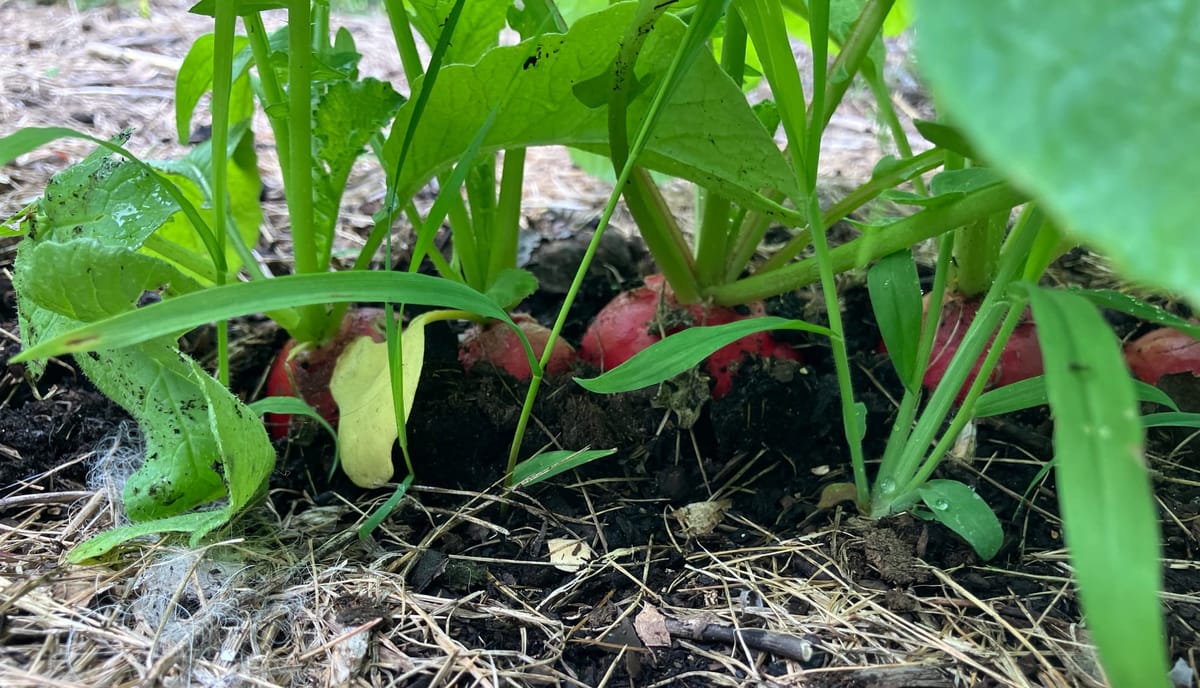
One of the main practices I have been working on over the last few years is seed collection. It started with beans, but has since progressed into many other crops, including arugula, radishes, and kale. This is not a complete how-to guide, but just a view of what you might expect.
Arugula
This is an easy plant to seed. Just plant it in the spring, limit your harvesting of its leaves, then let it bolt. First you'll see flowers form:
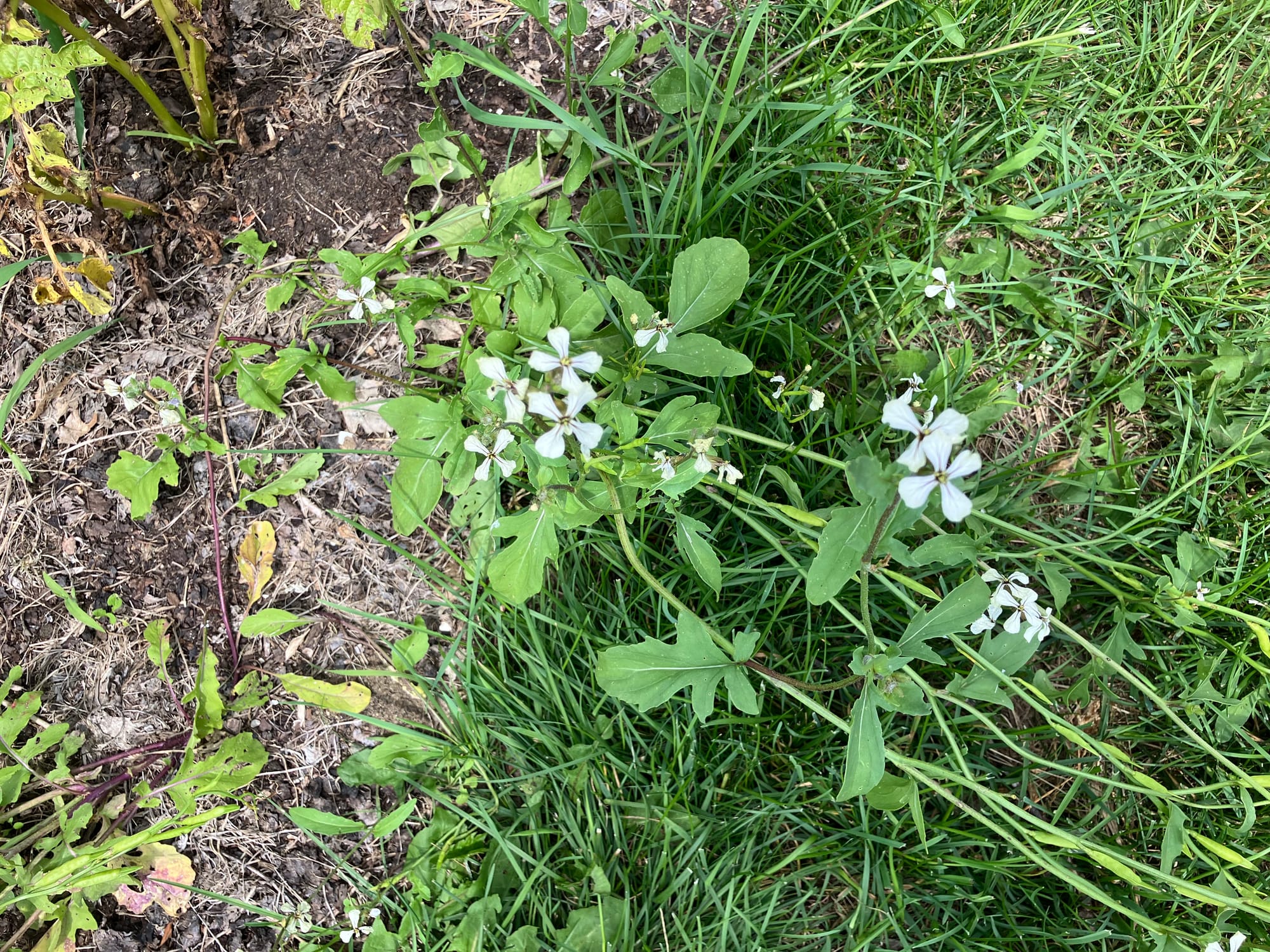
Then, pods will form, which you allow to dry out:
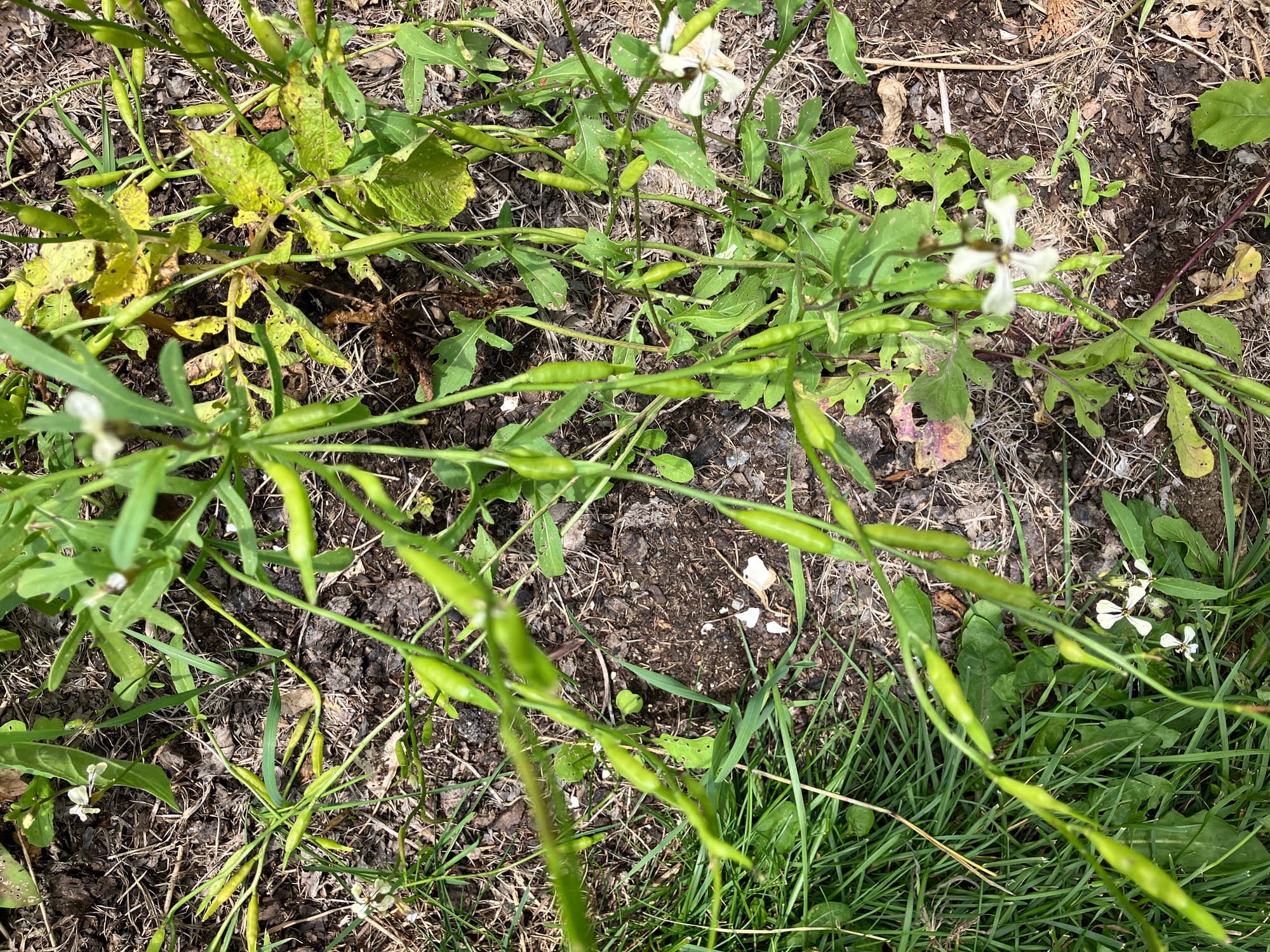
Then I squeeze the dried pods over a jar and let the seeds fall out. That's it. I leave the jar open for a few weeks to ensure the seeds are completely dry, then I put on a lid and keep them in a drawer until I am ready to plant them. You can also just let the seed pods open on your garden bed and arugula is happy to self seed.
Radishes
Radishes have a similar growth pattern to arugula. rather than pulling up your radishes, let them get huge, flower, form pods (like arugula), dry, then squeeze them into a jar. I love the flower color on these and so do bees!
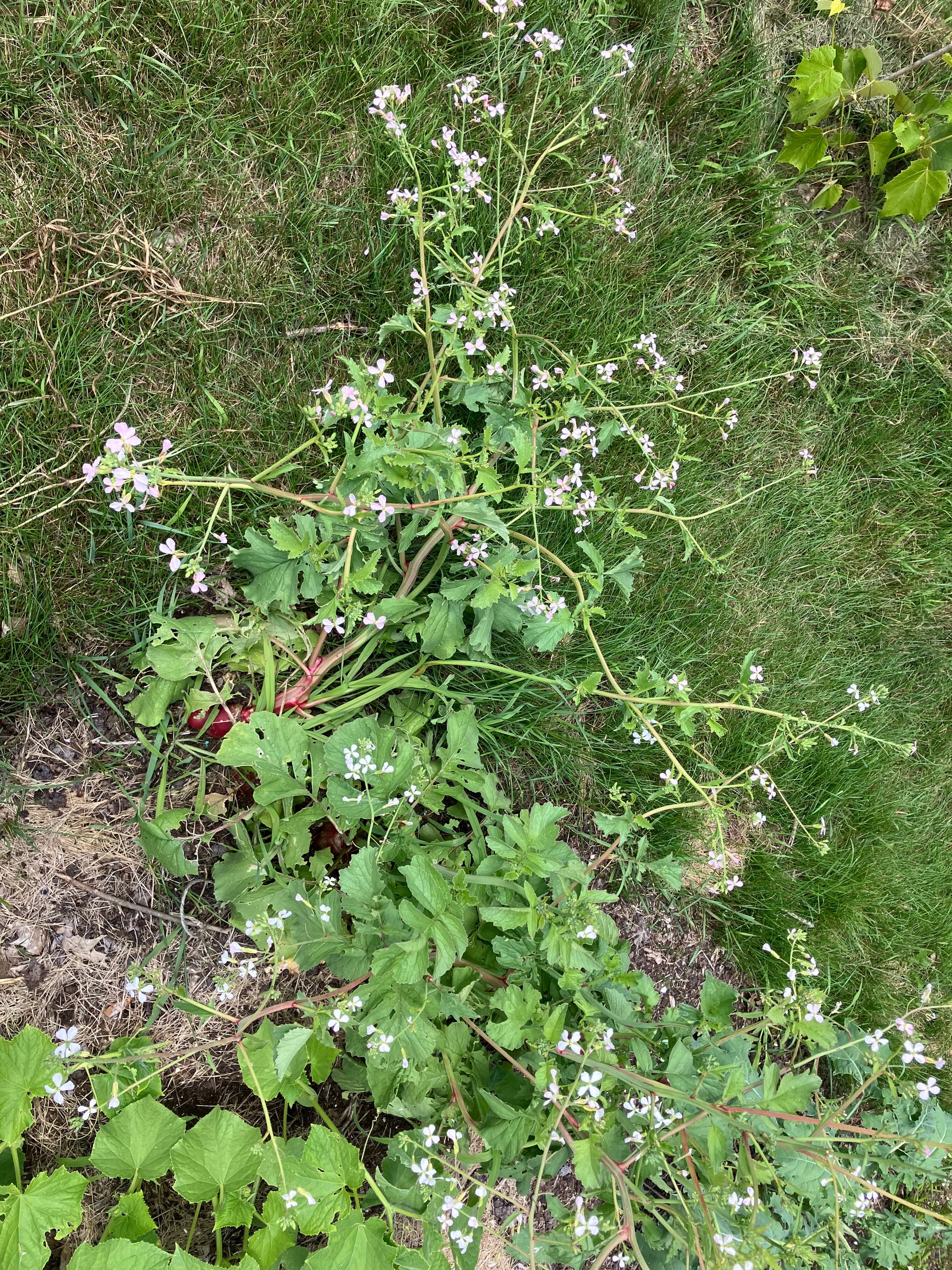
Kale
This is the hardest of the three to harvest from because you have to plant the kale in late August so that it grows throughout the fall (remember I'm in cold northern Vermont), then let it overwinter under the snow. I strongly recommend putting fencing around this patch because deer are excellent winter scavengers and will eat all of the plants in a night. In the spring, be careful when you are weeding because these plants can be hard to spot when the snow first disappears. However, in time, you will be treated with the sight of kale plants growing large leaves early in the season, but do not harvest these. Allow them to develop strength and flower. Then, similar to arugula and radishes, they will form pods that you allow to dry out and squeeze into a jar:
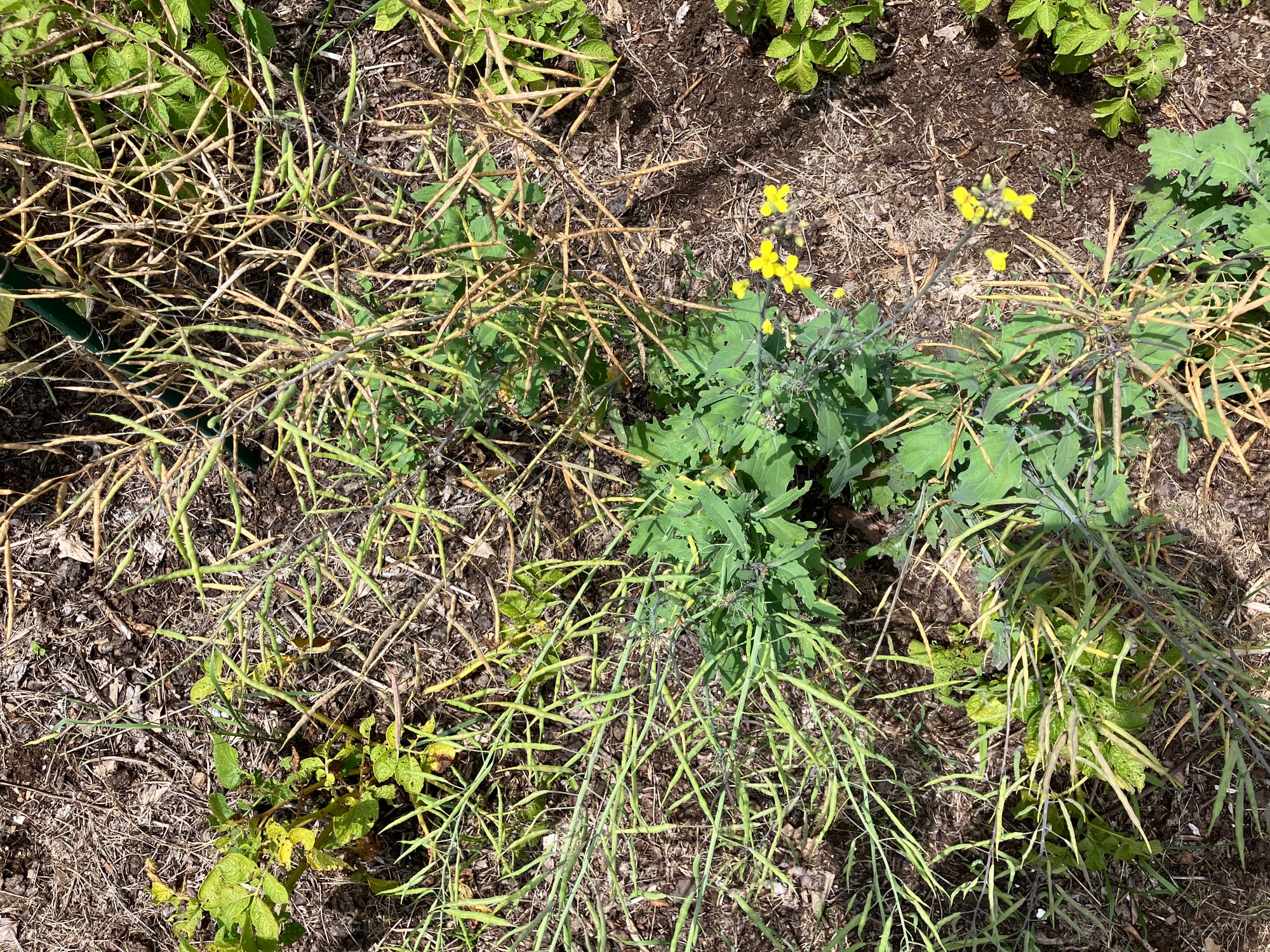
And there you have it: three plants for which you never have to buy seeds for again! In fact, you'll be insulted by how much the stores charge for seeds that are so abundant. Just another step toward food sovereignty for you and. your community.
